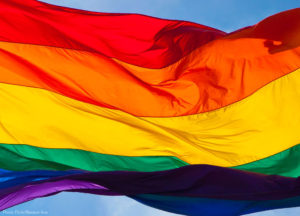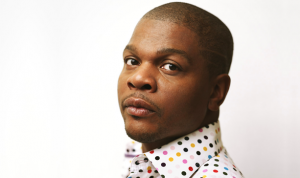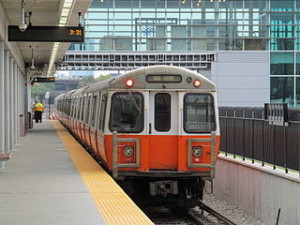Pride Is About Authentic Accountability
 Another LGBT Pride Month is about to come to a close, and, of course, we have been bombarded with rainbow flags on social media profiles and “pride” branded merchandise. It is a great thing that society has progressed that Corporate America is open to celebrating the LGBT experience.
Another LGBT Pride Month is about to come to a close, and, of course, we have been bombarded with rainbow flags on social media profiles and “pride” branded merchandise. It is a great thing that society has progressed that Corporate America is open to celebrating the LGBT experience.
However, I have many thoughts and concerns about this.
I think there is a lot of hypocrisy with some of the individuals and organizations sending out pride well-wishes. The most obvious one is Trump sending out a pro-LGBT tweet earlier this month when his administration is actively discriminating against transgender soldiers in the military and forbidding U.S. embassies around the world from flying the rainbow flag. Or the National Security Agency (NSA) putting out a pro-pride tweet when this agency, along with the FBI and CIA, has a long, prolific history of surveillance or blackmail in the LGBT community.
But even companies assumed to be gay-friendly are problematic like YouTube, which got backlash earlier this month for not banning racist and homophobic attacks on a gay YouTuber. And there are dozens of other companies that are also questionable when it comes to their true allegiances.
I think Corporate America has been gravitating to “pride marketing” for several reasons:
- It’s trendy, and it helps companies get noticed
- LGBT people are everywhere in every race, ethnicity, religion, income, geographic location, and most importantly, they have spending dollars
- Homophobia is seen by Corporate America as an easier form of discrimination to fight against, unlike other types of bias that come with heavy, historical baggage like racism, anti-Semitism, or Islamaphobia, xenophobia, etc.
And quickly frankly, it is easy to do; anyone can put a rainbow flag on their logo temporarily and give the false, superficial impression to the world that they are pro-LGBT without having to be accountable for why they are doing it. Also, some of these companies will even conflate other marginalized groups and their issues under the rainbow flag.
No one can’t ever accuse us of being anti-immigrant, sexist, or racist because we have pride written in bright, rainbow colors on our website! – Corporate America
We in the black community has been complaining about this hijacking of Black History Month for similar reasons. Many companies purchase large advertisements in major black publications like Essence, Ebony, or Black Enterprise for the February editions to “celebrate” the achievements and advancements made by African-Americans. And, yet, most of these companies, especially the tech companies, have very few, if any, black employees. And if they do have a black employee, it’s usually their token black “chief of diversity” or someone else who doesn’t have a decision-making, leadership role within the organization. The company trots out this type of person only to sell the idea of workforce diversity, not the actual work behind making real workforce diversity happen. I have written previously about why these chiefs of diversity/inclusion/community relation/etc. positions are a joke.
I hope the LGBT community goes back to all of these companies on July 1 when the rainbow flag and pride logos and merchandise go away and hold them accountable. First, they should ask these companies what are they really doing about LGBT equality. While our society has made strides with making marriage equality a reality, LGBT people can still be fired from a job or denied housing because there are still no federal laws protecting them. Gay and bisexual men still can’t be blood donors. Second, what are these companies doing to safeguard intersectional LGBT folks? How are they protecting LGBT people who may also be immigrants or Muslims? What are they doing to protect LGBT people of color who might have a negative interaction with the police or criminal justice system? What about LGBT veterans or LGBT people with disabilities? If these companies are not doing anything about these issues, then they are not authentic, accountable allies.
Waving a rainbow flag is just not enough anymore!
What’s really sad about this is that most of these companies don’t even know what the Stonewall Uprising was, which is commemorating its 50th anniversary this year. The Stonewall demonstrators in 1969 just wanted the right to exist. I think that is a simple request.


